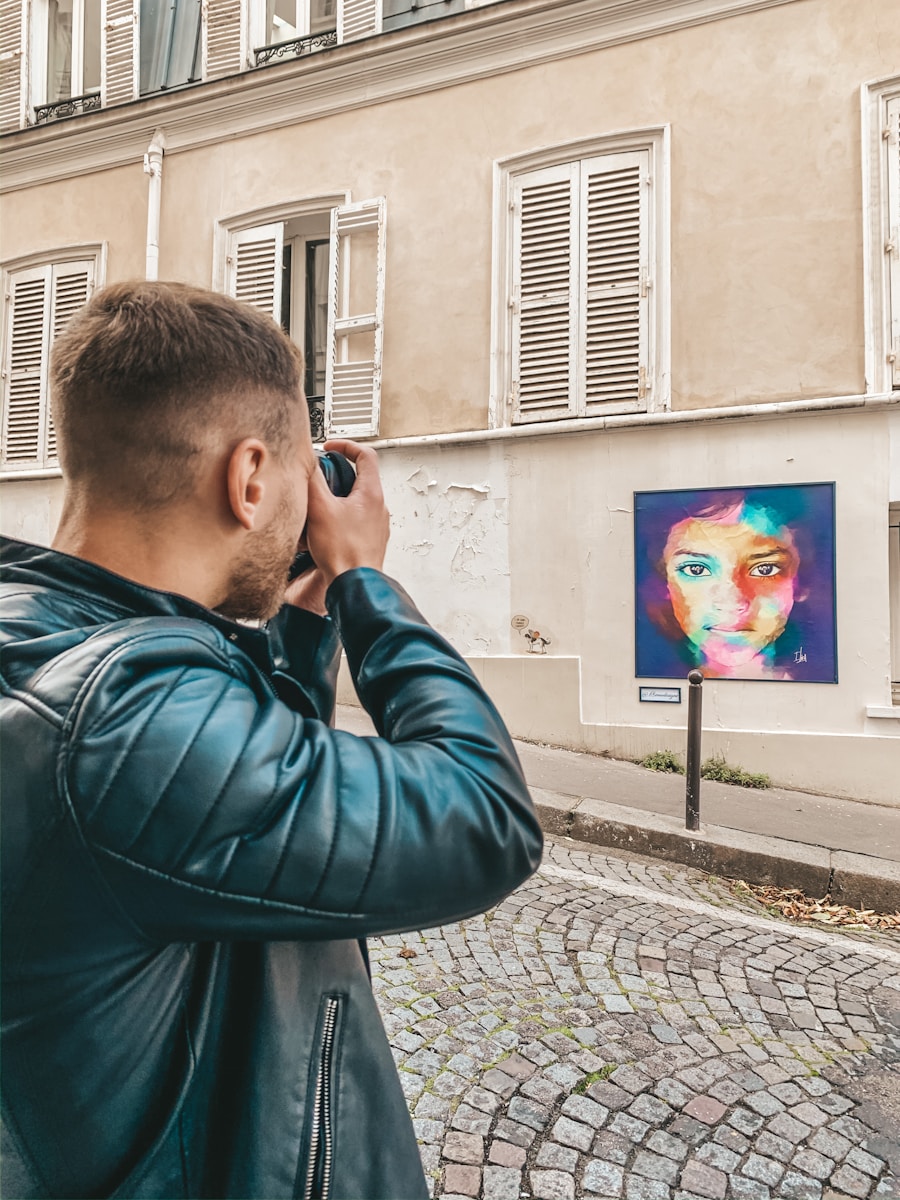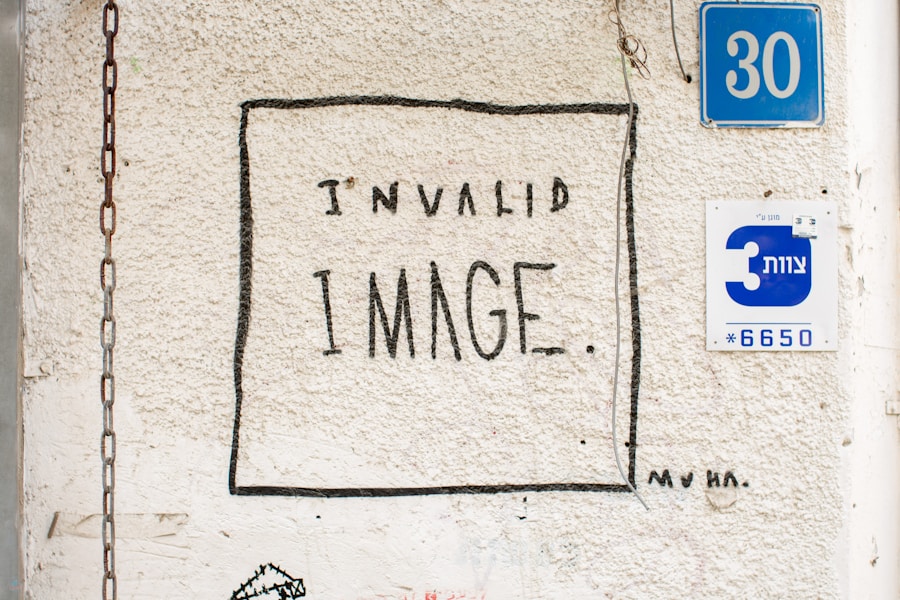Artificial intelligence images represent a fascinating intersection of technology and creativity. At its core, AI image generation involves algorithms that can create visual content based on learned patterns from vast datasets. You might find it intriguing to know that these images can range from hyper-realistic portraits to abstract art, all produced without direct human intervention.
The process typically begins with a neural network, which is trained on a multitude of images, learning to recognize and replicate various styles, colors, and forms. This capability allows AI to generate images that can be indistinguishable from those created by human artists. As you delve deeper into the world of AI-generated images, you may discover that the technology is not just about mimicking existing art but also about pushing the boundaries of creativity.
AI can combine elements from different styles or genres, creating something entirely new. This ability to innovate opens up exciting possibilities for artists, designers, and marketers alike. You might even find yourself inspired by the unique perspectives that AI can offer, challenging traditional notions of authorship and creativity in the visual arts. Check out the latest influencer marketing trends at Influencer Databases.
Key Takeaways
- Understanding Artificial Intelligence Images:
- AI images are created using algorithms that mimic human perception and cognition.
- These algorithms enable machines to interpret and generate visual content, such as images and videos.
- The Role of Data in Creating AI Images:
- High-quality and diverse datasets are crucial for training AI models to create realistic images.
- The quantity and quality of data directly impact the accuracy and realism of AI-generated images.
- Challenges in Making AI Images Realistic:
- Overcoming issues such as image distortion, noise, and lack of context is essential for creating realistic AI images.
- Ensuring that AI images accurately reflect the complexities and nuances of the real world presents a significant challenge.
- Techniques for Enhancing AI Image Realism:
- Advanced techniques such as generative adversarial networks (GANs) and style transfer are used to enhance the realism of AI-generated images.
- These techniques enable AI to learn and replicate the visual characteristics of real-world images.
- Applications of Realistic AI Images:
- Realistic AI images have diverse applications, including in fields such as entertainment, healthcare, and design.
- They can be used for creating lifelike virtual environments, medical imaging, and generating realistic visual content for various industries.
- Ethical Considerations in AI Image Creation:
- Ethical considerations in AI image creation include issues related to privacy, bias, and the potential misuse of AI-generated images.
- It is important to address ethical concerns and establish guidelines for responsible AI image creation and usage.
- Future Developments in AI Image Realism:
- Advancements in AI technology, such as improved algorithms and increased computing power, will lead to even more realistic AI images.
- The integration of AI with other emerging technologies, such as augmented reality and virtual reality, will further enhance the realism of AI-generated images.
- Conclusion: The Impact of Realistic AI Images:
- Realistic AI images have the potential to revolutionize various industries and enhance human experiences.
- As AI image realism continues to improve, it is important to consider the ethical implications and ensure responsible development and usage of AI-generated visual content.
The Role of Data in Creating AI Images
Data Quality and Diversity Matter
For instance, if an AI is trained on a limited dataset of landscapes, its ability to generate varied and realistic images will be constrained. Conversely, a model trained on a rich and diverse collection of images can produce more nuanced and sophisticated results. This highlights the importance of curating datasets that encompass a wide range of styles, subjects, and contexts.
Quantity vs. Quality in Data Collection
Moreover, the process of data collection is not merely about quantity; it also involves careful consideration of quality. You may find it fascinating that the inclusion of high-resolution images, along with metadata that describes various attributes, can significantly enhance the learning process for AI models.
Data-Driven Insights Shape the Future of Visual Content Creation
This meticulous approach ensures that the AI not only learns to replicate visual elements but also understands the context in which they exist. As you explore this field further, you might appreciate how data-driven insights are shaping the future of visual content creation.
Challenges in Making AI Images Realistic

Despite the remarkable advancements in AI image generation, achieving realism remains a significant challenge. One of the primary hurdles is the issue of detail and texture. You may have noticed that while some AI-generated images appear striking at first glance, they often fall short upon closer inspection.
This discrepancy arises from the AI’s struggle to accurately replicate intricate details such as skin texture or fabric patterns. The subtleties that make an image feel lifelike can be elusive for algorithms, leading to artifacts or inconsistencies that detract from overall realism. Another challenge lies in understanding context and emotion within images.
You might find it interesting that while AI can generate visually appealing content, it often lacks the ability to convey deeper narratives or emotional resonance. For example, a portrait created by AI may capture a person’s likeness but fail to express their personality or mood effectively. This limitation underscores the ongoing need for human oversight in the creative process, as you may realize that true artistry often involves an emotional connection that AI has yet to master.
Techniques for Enhancing AI Image Realism
| Technique | Description | Realism Score (out of 10) |
|---|---|---|
| Generative Adversarial Networks (GANs) | A type of neural network that can generate new data similar to the training data. | 8 |
| Style Transfer | Transfers the style of one image to another, creating realistic artistic effects. | 7 |
| Super-Resolution | Enhances the resolution and quality of an image, making it more realistic. | 9 |
| Image-to-Image Translation | Translates an input image into a corresponding output image, improving realism. | 6 |
To address the challenges of realism in AI-generated images, researchers and developers are continually exploring innovative techniques. One effective method is the use of Generative Adversarial Networks (GANs), which involve two neural networks working in tandem: one generates images while the other evaluates them for authenticity. This dynamic creates a feedback loop that encourages the generator to produce increasingly realistic outputs.
As you learn more about GANs, you might appreciate how this collaborative approach mimics natural selection, refining images until they meet high standards of realism. Another technique gaining traction is style transfer, which allows AI to apply the characteristics of one image to another. By blending elements from different sources, you can create images that not only look realistic but also possess unique artistic qualities.
This method opens up exciting avenues for experimentation, enabling artists to explore new styles while maintaining a sense of realism.
Applications of Realistic AI Images
The applications of realistic AI images are vast and varied, impacting numerous industries in profound ways. In advertising and marketing, for instance, companies are leveraging AI-generated visuals to create compelling campaigns that resonate with consumers. You might notice how brands are using these images to craft narratives that evoke emotions or highlight product features in innovative ways.
The ability to generate tailored visuals quickly allows marketers to stay agile in a fast-paced digital landscape. In fields such as gaming and virtual reality, realistic AI images play a crucial role in enhancing user experiences. You may find it fascinating how game developers are utilizing AI to create immersive environments that feel authentic and engaging.
By generating lifelike characters and landscapes, they can transport players into richly detailed worlds that captivate their imagination. As you explore these applications further, you might recognize how AI-generated imagery is not just a tool but a transformative force shaping the future of visual storytelling.
Ethical Considerations in AI Image Creation

As with any emerging technology, ethical considerations surrounding AI image creation are paramount. One significant concern is the potential for misuse or manipulation of generated images. You may have heard about instances where deepfakes—realistic AI-generated videos or images—have been used to spread misinformation or harm individuals’ reputations.
This raises important questions about accountability and transparency in the use of AI technologies. As you navigate this landscape, it’s essential to consider how society can establish guidelines to ensure responsible use. Another ethical dilemma involves issues of copyright and ownership.
When an AI generates an image based on existing works, who holds the rights to that creation? You might find it intriguing that this question challenges traditional notions of authorship in art and raises concerns about intellectual property theft. As artists and technologists continue to collaborate, finding a balance between innovation and respect for original creators will be crucial in shaping a fair framework for AI-generated content.
Future Developments in AI Image Realism
Looking ahead, the future of AI image realism holds immense promise as technology continues to evolve at an unprecedented pace. You may be excited to learn about ongoing research aimed at improving algorithms’ understanding of context and emotion within images. By incorporating advanced techniques such as reinforcement learning and multi-modal training—where models learn from various types of data—AI could soon produce visuals that resonate on a deeper emotional level.
Additionally, as hardware capabilities improve, you might anticipate even more sophisticated image generation tools becoming accessible to creators across various fields. The democratization of this technology could empower individuals with diverse backgrounds to experiment with AI-generated art, leading to a rich tapestry of creativity that reflects a multitude of perspectives. As you consider these developments, you may feel inspired by the potential for collaboration between human intuition and machine intelligence in shaping the future of visual arts.
The Impact of Realistic AI Images
In conclusion, realistic AI images represent a remarkable fusion of technology and creativity that is reshaping our visual landscape. As you reflect on this journey through understanding artificial intelligence images, data’s role in their creation, and the challenges faced in achieving realism, it’s clear that this field is ripe with potential. The techniques being developed to enhance realism are paving the way for innovative applications across industries while also raising important ethical considerations.
As we move forward into an era where realistic AI images become increasingly prevalent, your engagement with these developments will be crucial in navigating their implications for society. Whether you’re an artist seeking inspiration or a consumer interacting with AI-generated content, recognizing the impact of this technology will empower you to participate thoughtfully in its evolution.
OpenAI recently announced the SearchGPT prototype, a powerful tool that can generate human-like text responses to search queries. This technology has the potential to revolutionize the way we interact with search engines and access information online. In a related article, Neil Patel reacts to the SearchGPT prototype and discusses its implications for digital marketing strategies. To learn more about this groundbreaking technology, check out the article here.
FAQs
What is AI image generation?
AI image generation refers to the process of using artificial intelligence algorithms to create realistic images from scratch or to modify existing images. This technology has applications in various fields such as art, design, and entertainment.
How does AI image generation work?
AI image generation works by using deep learning algorithms, such as generative adversarial networks (GANs) or variational autoencoders (VAEs), to learn patterns and features from a large dataset of images. The AI model then uses this learned information to generate new images that are realistic and visually appealing.
What are the applications of AI image generation?
AI image generation has a wide range of applications, including creating realistic avatars for virtual reality environments, generating artwork and designs, enhancing and modifying photographs, and even creating synthetic images for training computer vision models.
What are the benefits of AI image generation?
The benefits of AI image generation include the ability to create high-quality, realistic images quickly and efficiently, without the need for human intervention. This technology also has the potential to democratize the creation of visual content, making it more accessible to a wider range of people.
Are there any limitations or challenges with AI image generation?
Some limitations and challenges with AI image generation include the potential for bias in the generated images, the need for large and diverse training datasets, and the ethical considerations surrounding the use of AI-generated images, particularly in areas such as fake news and misinformation.

